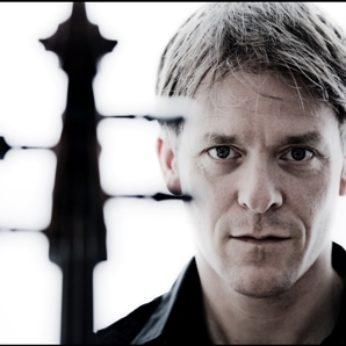Composer: Johann Sebastian Bach (b. 1685 - d. 1750)
Performance date: 02/07/2014
Venue: St. Brendan’s Church
Composition Year: 1720
Duration: 00:22:50
Recording Engineer: Richard McCullough, RTE
Instrumentation: vc
Instrumentation Category:Solo
Artists:
Alban Gerhardt -
[cello]

Köthen was a
principality in the countryside south west of Berlin, where Prince Leopold of
Anhalt-Köthen held a court famous for
its music, being an excellent violinist himself. Amongst those who moved there was
Christian Ferdinand Abel an outstanding violinist and viola de gamba player.
Leopold also employed Bach from 1717 to 1723 and it is quite likely that the
Six Cello Suites were composed for Abel to perform there.
As with much of
Bach’s music, the Suites disappeared for some 150 years though they remained
known to cognoscenti. It was when looking through a second-hand bookstore in
Barcelona in 1889 that the thirteen-year-old Pablo Casals found the scores and
decided to study them. He was soon overwhelmed by their beauty and, after
studying them carefully, he introduced them into his recitals. They quickly
became popular, placing them among the greatest of Baroque instrumental
achievements. Although created as a group, it is not clear that Bach intended
them to be performed as a continuous set.
The Fourth Suite
presents special challenges for the performer, as the key of E flat lies
awkwardly on the instrument. The Prelude sounds like an easy-flowing eight-note
fantasy but is tricky to enunciate smoothly. It includes a cadenza before
returning to the opening motif, with further variants right up to the
conclusion. The smooth Allemande and the bouncy Courante, with its staccato
phrases, follow the usual pattern. The Sarabande is a thoughtful, calm creation
with its main chord landing on the second beat, instead of the more usual
first. The Bourées (dances similar to the gavotte) offer a lovely contrast: the
first involves a charming, rather folksy tune with attractive echo effects,
while the second is a more stately affair. The closing Gigue or jig is a rumbustious
dance.
Copyright © 2025 West Cork Music. All rights reserved.
Designed and developed by Matrix Internet